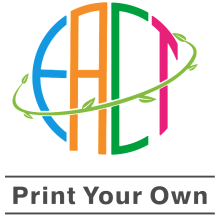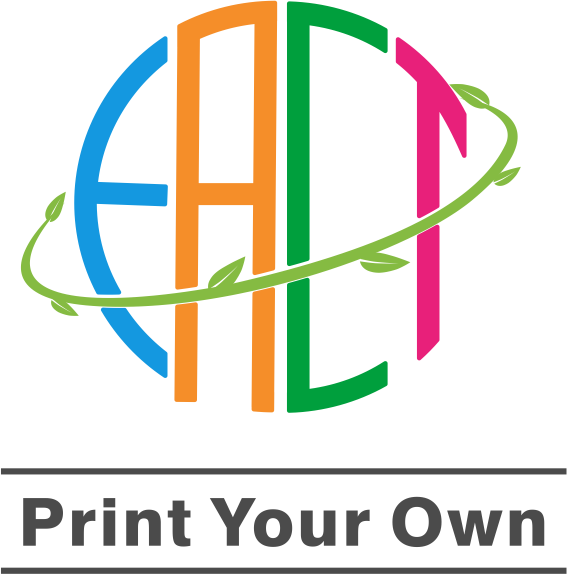
Except for silk, all the natural fabrics are printed in the same way. A manufacturer treats the fabrics to make them ready for the final printing. The pre-treatment may include cleaning using solvents or detergent based chemicals, scouring to get rid of any greasy or wax kind material from the fabric followed by a dive into bleach to make the fabric brighter. The bleaching also makes the fabric a sucker for the dye.

Once the pre-treatment process is done, the fabrics are dried for printing. Reactive ink is used to print various graphical patterns on natural fabrics. As there are no limitations or preventive measures to be taken; it gives the manufacturer a whole world of possibilities to play with the fiber. One can also customize and personalize the fabric on the go.

The development of the pigment ink, which is wildly used for inkjet printing on cotton and other natural fibers, makes it brighter than before, but it stays only on the top of the fabric layer. The reactive ink, on the other hand, gets absorbed into the fabric fiber and is not exposed to touch which makes it more durable. Moreover, the reactive inks have good light fastness and wash fastness.

Not all digital textile printing companies treat the fabric after printing because the reactive ink printing itself takes up a lot of power energy to process but here at Fabric Printing Thailand, we post-treat the final material by washing or steaming to remove any essence of the chemical dye.

Eden
www.customprintingfabric.com
Search Design
Search Product

 USD
USD



